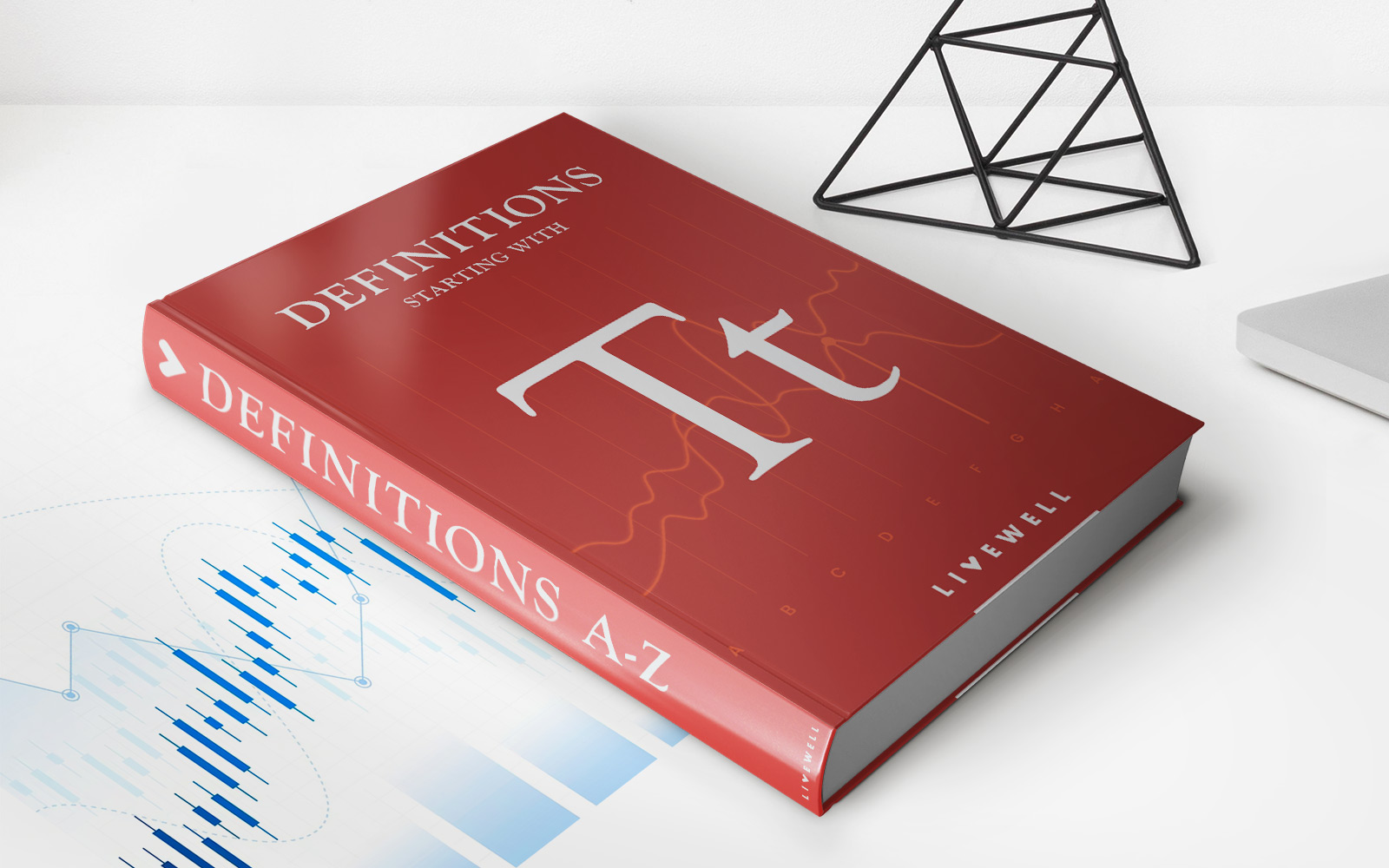

Finance
Covered Bond: Definition, Benefits, Example
Published: November 4, 2023
Learn about covered bonds in finance, including their definition, benefits, and a real-world example. Gain a deeper understanding of this important financial instrument.
(Many of the links in this article redirect to a specific reviewed product. Your purchase of these products through affiliate links helps to generate commission for LiveWell, at no extra cost. Learn more)
Covered Bond: Definition, Benefits, Example
Welcome to our finance blog! In today’s post, we will dive into the world of covered bonds, exploring what they are, their benefits, and providing a real-life example. Are you ready to gain some insights into this important financial instrument? Let’s get started!
Key Takeaways:
- Covered bonds are debt securities backed by a dual recourse structure, offering investors a high level of security.
- These bonds provide issuers with a cost-effective method of raising funds for long-term investments.
What is a Covered Bond?
A covered bond is a type of debt instrument that combines features of both secured and unsecured bonds. It is backed by a dual recourse structure, which means that if the issuer defaults on the payment, bondholders have two sources of repayment: the issuer’s general assets and a specifically designated pool of collateral, typically consisting of high-quality loans or mortgages. In other words, covered bondholders have a claim on both the issuer’s balance sheet and the underlying assets.
Benefits of Covered Bonds
1. Increased Investor Security:
Covered bonds are considered a safer investment option compared to other types of bonds. The dual recourse structure provides bondholders with an additional layer of security, reducing the risk of loss in case of default. This increased security makes covered bonds attractive to conservative investors looking for a lower-risk investment option.
2. Cost-Effective Financing:
For issuers, covered bonds offer a cost-effective means of raising long-term funds. These bonds provide access to capital markets at favorable interest rates due to the added security and lower risk profile. This makes covered bonds an attractive financing option for financial institutions, allowing them to fund their long-term investments efficiently.
An Example of Covered Bonds: XYZ Bank
XYZ Bank, a leading financial institution, recently issued a series of covered bonds to secure funding for its mortgage loan portfolio. The bank created a pool of high-quality residential mortgages, which served as collateral for the bonds. These mortgages were well-diversified and met stringent eligibility criteria set by the bank. By issuing covered bonds, XYZ Bank was able to tap into the capital markets and access funds at favorable interest rates, thus supporting its mortgage lending activities.
In summary, covered bonds offer both investors and issuers a unique set of benefits. Investors gain increased security through the dual recourse structure, while issuers can access cost-effective long-term financing. With their attractive features and added layer of protection, covered bonds are worth considering for those interested in diversifying their investment portfolio or seeking long-term funding. If you have further questions or want to explore more financial topics, be sure to browse our finance category for more informative articles like this one!














